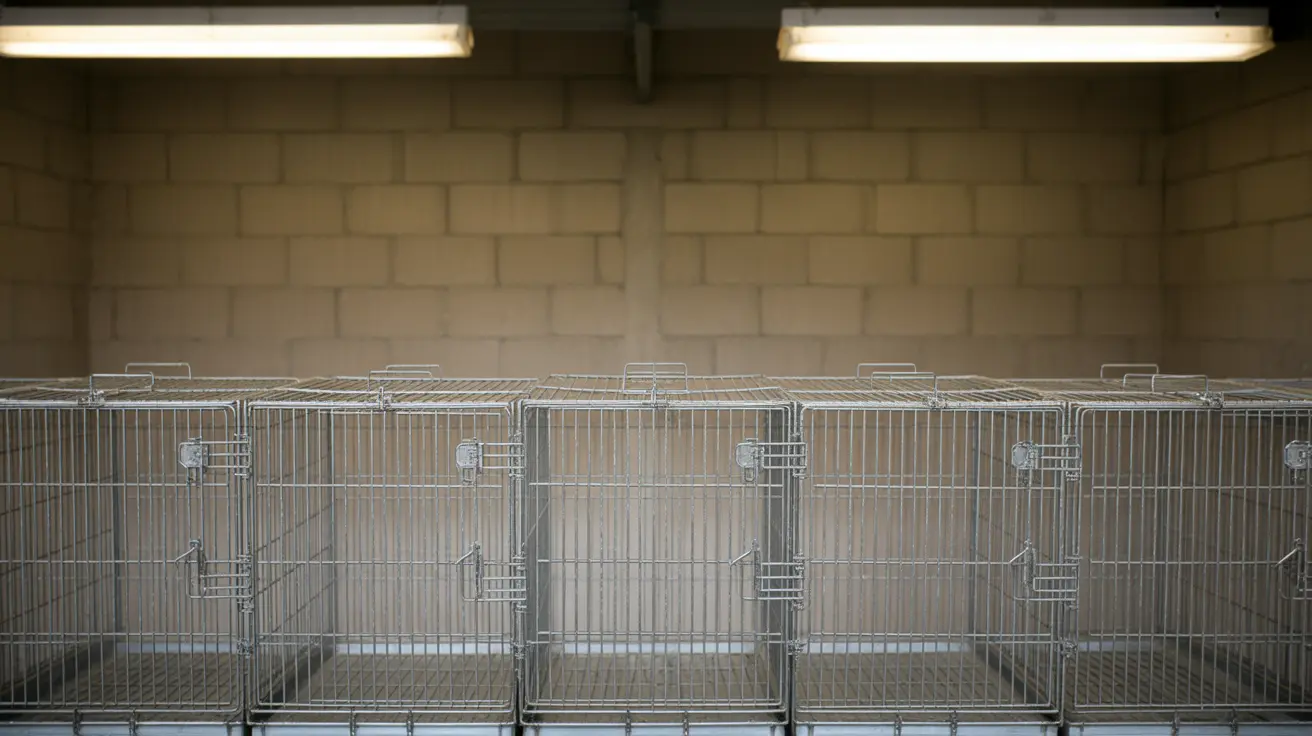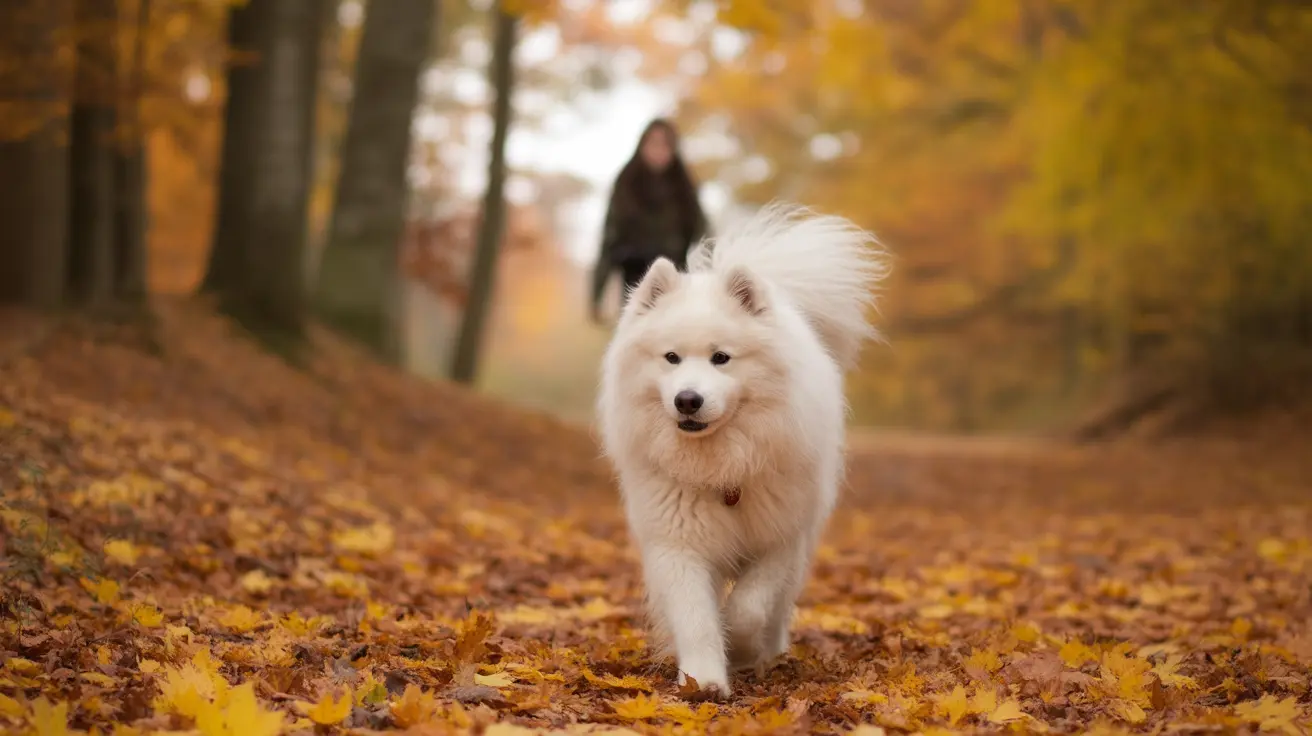Is It Ever Too Late to Train a Cat?
Training a cat may sound like a task best left for kittens, but in reality, cats of all ages are capable of learning new behaviors—including how to use a cat flap. While it's true that younger cats may adapt faster due to their natural curiosity and pliability, senior cats can also be trained effectively with the right approach, environment, and most importantly, time and patience.
Why It's Never Too Late to Train a Cat
Cats are intelligent creatures, and age doesn't impede their capacity to understand new routines. The process might be slower in older cats because:
- They may be more attached to established routines.
- Physical limitations might make learning new things uncomfortable.
- Their senses, like vision and hearing, might not be as sharp.
However, none of these factors render training impossible. Adjustments and care can lead to successful behavior modification—especially when training to use a cat flap.
Training Techniques That Work for Older Cats
Here are proven techniques to help cats of any age become comfortable with a cat flap:
- Familiarization: Show your cat the flap before installation. Let them sniff it, touch it, and get used to the idea.
- Prop the flap open: Keep the flap open initially to demonstrate it leads somewhere safe and familiar.
- Use scent association: Rub a cloth against your cat's cheeks and then on the flap to make it more welcoming.
- Lure with treats: High-value snacks such as tuna or chicken can encourage movement through the flap.
- Replace with a temporary cover: If your cat strongly resists, try using a cloth or cling wrap initially to reduce resistance.
Addressing Obstacles
You may need to overcome some minor challenges during training:
- Flap noise: Loud sounds may scare your cat. Cushion any sudden bangs using foam or tape.
- Magnet resistance: Magnetic closures can be too strong. Covering magnets with tape reduces the push resistance.
- Microchip flap confusion: The clicking sound of a smart flap could be jarring. Associating the sound with positive reinforcement helps.
Environmental Adjustments
Consider the physical location and usability of the flap:
- Height: Position the flap about 15cm off the ground; adapt to match the cat’s belly line, especially for senior cats.
- Path outside: Keep the external area safe and sheltered to encourage your cat’s usage.
- Minimal exposure: Avoid exits into open or noisy areas that could intimidate older cats.
Timeframe and Communication
Patience and consistency are vital. Older cats may need more time, but harsh or forced tactics should be avoided. Let them test the flap at their own pace and avoid creating stress around the new behavior.
Real Tips from Cat Owners and Trainers
- Let the cat observe another feline using the flap if possible.
- Reward with praise or treats each time they attempt interaction with the flap.
- Schedule regular, short training bursts instead of long sessions.
- Keep your tone calm and reassuring throughout the training process.
Conclusion
No matter the age, a cat can learn new behaviors with the proper method. Older cats might not show the same curiosity as kittens, but their capacity to learn remains. Using tools like treats, scent familiarity, and environmental adjustments, even a senior feline can adapt to using a cat flap independently. Ultimately, with patience, emotional reinforcement, and a bit of routine, training a cat is achievable at any age.





